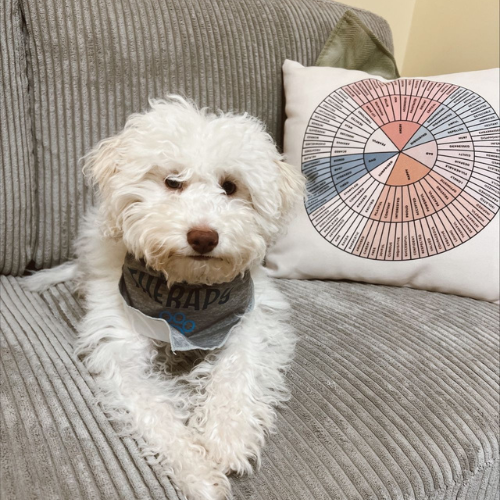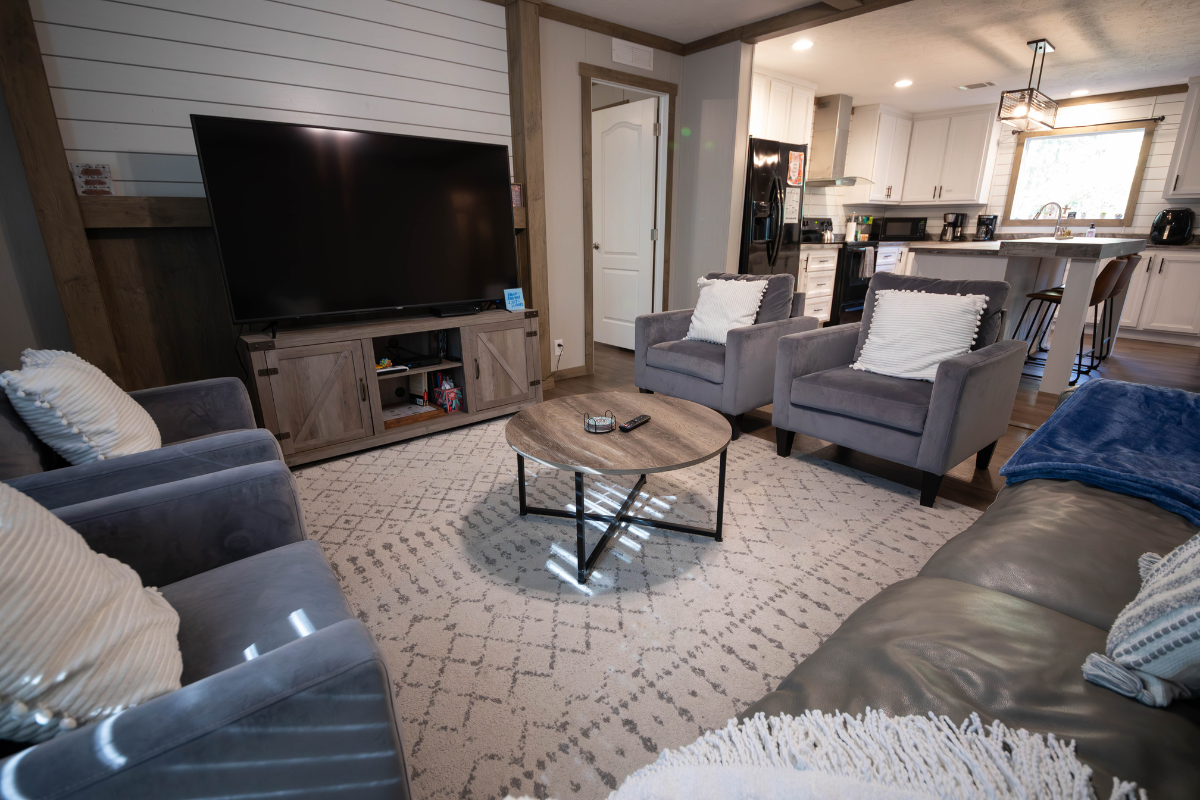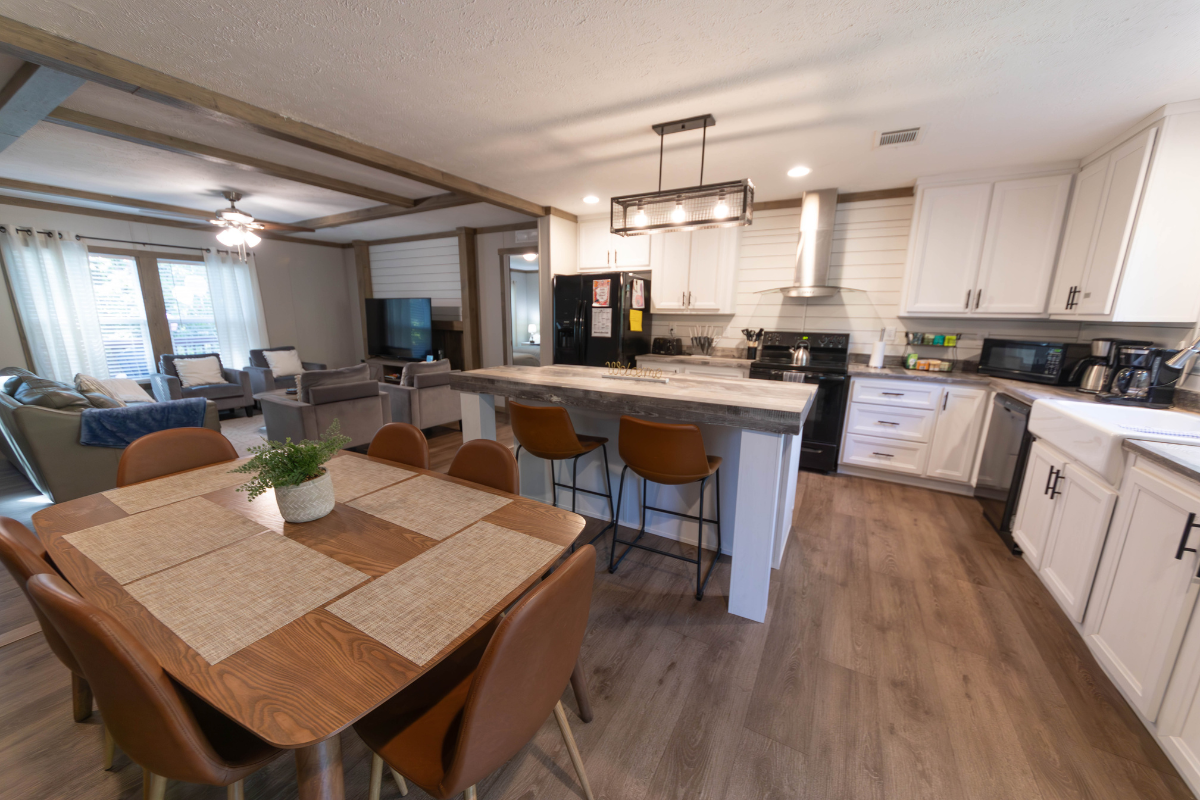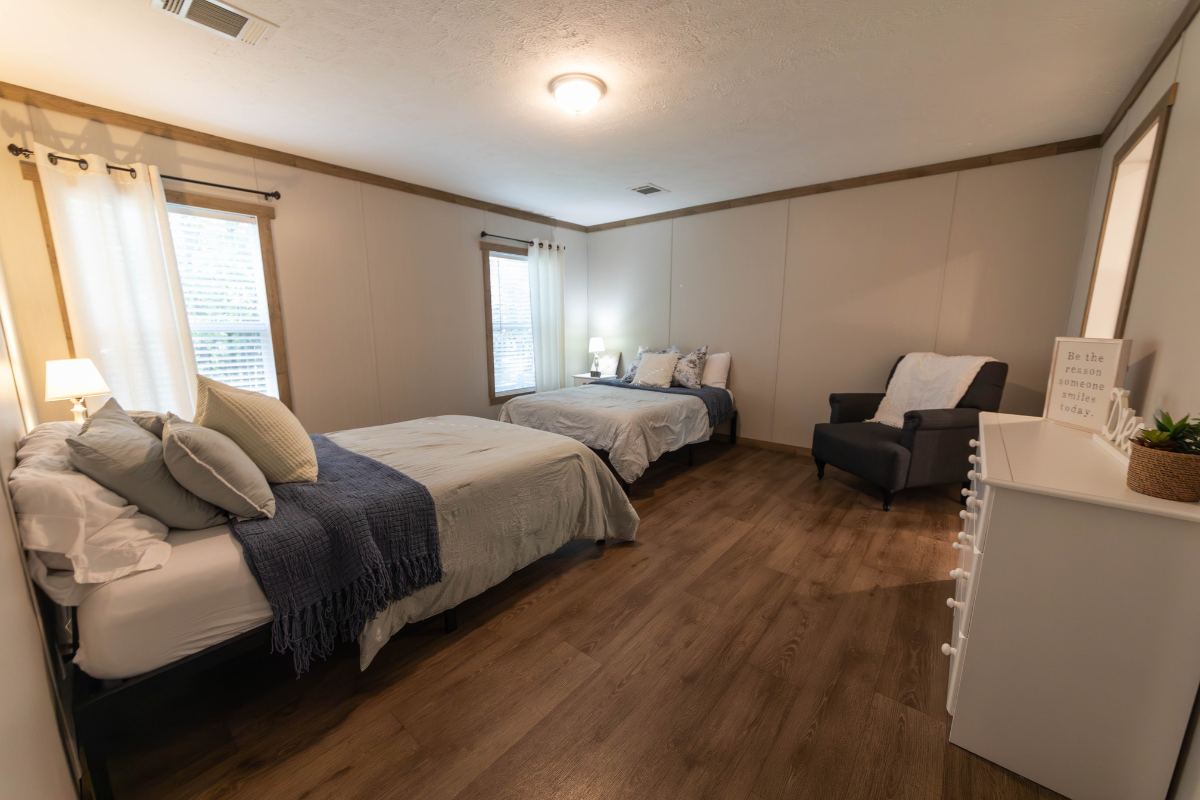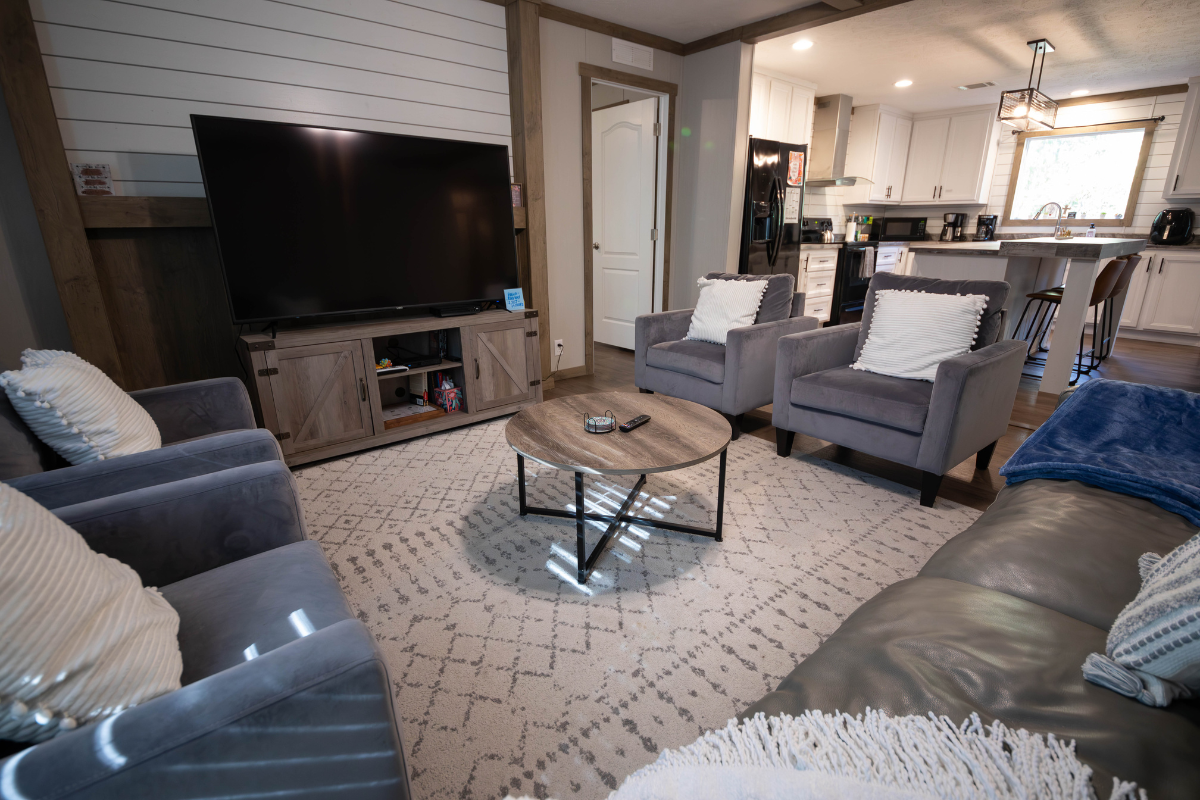It’s no secret that both binge drinking and binge eating are common in our culture — especially among young adults. But what you might not know is that these two behaviors often go hand in hand. Individuals with binge eating disorder (BED) are significantly more likely to binge drink or develop an alcohol use disorder (AUD) than those without BED.
Both disorders involve consuming large amounts — whether it’s food or alcohol — in a short period of time. Both can spiral into a loss of control and cause serious harm. Research suggests that binge eating and binge drinking share more similarities than differences, and for some individuals, they contribute to and worsen one another in a sort of vicious cycle (Azevedo et al., 2021; Baños et al., 2018).
Let’s unpack why that happens, and what it means for recovery.
A Two-Way Relationship
Studies show that binge eating and binge drinking can influence each other in both directions. Sometimes, binge eating comes first, leading to more alcohol use over time. Other times, drinking heavily makes overeating more likely, often on the same night (Baños et al., 2018).
One extensive review found that individuals who engage in binge drinking are significantly more likely also to binge eat, and vice versa (Rodríguez‑Parra et al., 2023). That means if you’re struggling with one, you’re at higher risk for the other.
Why the Connection Runs So Deep
The connection between binge eating and binge drinking is strong because the two behaviors share deep biological, psychological, and social roots — and those same roots make the cycle very hard to break.
1. Shared Personality Traits
Both BED and AUD are linked to impulsivity — especially the kind called negative urgency, where strong emotions drive quick, sometimes reckless decisions. When stress, sadness, or anxiety strike, the urge to “do something” can lead to overindulging in alcohol or food (Schag et al., 2019; Giel et al., 2019).
What’s especially interesting is the biological overlap between AUD and BED:
- Both conditions involve dysregulation in dopaminergic reward pathways, making individuals more vulnerable to compulsive behaviors.
Genetic predispositions toward impulsivity, stress reactivity, and difficulty regulating reward-seeking behaviors appear to increase risk for both.
Some studies suggest shared genetic liability across substance use disorders and eating disorders, supporting the idea of common biological vulnerabilities (Baker et al., 2019).
2. Alcohol Lowers Inhibitions
From a neurobiological standpoint, alcohol is a central nervous system depressant. It enhances the activity of gamma-aminobutyric acid (GABA), the brain’s main inhibitory neurotransmitter, and dampens activity in the prefrontal cortex — the part of the brain responsible for judgment, self-control, and decision-making. One daily diary study with young adults found that most binge eating episodes happened after drinking, usually in social situations (Frontiers in Psychology, 2023).
3. Alcohol Use Disorder Is More Common in BED
If you have BED, you’re more likely to meet the criteria for alcohol use disorder than someone without it. One meta-analysis found that about 14.5% of individuals with BED also had AUD — almost double the rate of the general population (Bogusz et al., 2020).
4. “Drunkorexia” + Other Compensatory Behaviors
Some people try to “make room” for the calories in alcohol by skipping meals, eating less, or over-exercising before or after drinking. These alcohol-related disordered eating behaviors (ADEBs) are surprisingly common among individuals who binge drink and binge eat — and they can make both issues worse (Coakley et al., 2022).
Read more: What is Drunkorexia?
5. Social + Cultural Reinforcement
In certain environments — especially college campuses — binge drinking is normalized. Social events often involve both alcohol and large amounts of food, like late-night fast food runs after the bars close. For someone already vulnerable to disordered eating or alcohol misuse, this mix can be especially risky (Eating Disorders Review, 2021).
6. The Cycle Reinforces Itself
Here’s how the binge-binge loop often works:
Stress or emotional discomfort → desire for relief.
Binge drinking → reduced inhibitions, increased appetite.
Binge eating → temporary comfort, followed by guilt or shame.
Emotional fallout → craving for another binge (food or alcohol).
Because both behaviors temporarily relieve distress but ultimately cause more distress, they create a self-reinforcing cycle that can feel impossible to escape without help.
Why This Matters for Eating Disorder Treatment
The binge drinking-binge eating cycle matters for eating disorder treatment because if it’s ignored, recovery can stall — or fail altogether. Here’s why it’s such a critical piece of the puzzle:
1. They Often Co-Occur
Individuals with binge eating disorder (BED) or bulimia nervosa are significantly more likely to also binge drink or develop alcohol use disorder (AUD).
Studies show about 14-15% of individuals with BED meet criteria for AUD, compared to much lower rates in the general population (Bogusz et al., 2020).
In college and young adult populations, binge drinking and binge eating frequently occur in the same week — or even on the same night (Rodríguez‑Parra et al., 2023).
If a treatment plan only addresses the eating behaviors but not the alcohol use, the unaddressed binge drinking can trigger relapse into binge eating.
2. Shared Roots Mean Shared Triggers
Binge eating and binge drinking share core psychological and biological drivers, including:
Impulsivity and negative urgency (acting quickly when distressed)
Emotion regulation difficulties (using food or alcohol to cope)
Overactive brain reward circuits that respond intensely to cues like food smells or the sight of alcohol (Schag et al., 2019)
If treatment doesn’t address these shared roots, progress in one area can be undone by triggers from the other.
3. One Behavior Can Replace the Other
If an individual stops binge eating but doesn’t address binge drinking, alcohol can become the new coping mechanism — and vice versa. This “symptom substitution” is common if the underlying emotional and neurobiological patterns remain unaddressed.
4. Integrated Treatment Is More Effective
The most effective treatment plans screen for both eating and alcohol use patterns and tailor their treatment approach to both disorders simultaneously:
Impulse control
Emotional regulation
Cue management (learning how to respond differently to triggers)
Healthy coping strategies for stress and negative mood
You Are Not Alone
If you or someone you love is struggling with binge eating, binge drinking, or both, Magnolia Creek in Columbiana, Alabama, can help. As a treatment provider with clinicians trained in both eating disorders and co-occurring substance use, we can help you or your loved one create a plan for healing that addresses the full picture, not just part of it.
If you’re ready to start on the road to recovery, support is available at Magnolia Creek. Reach out today to speak with an admissions specialist. Your journey can begin here.
References
Azevedo, L. D. S., et al. (2021). Binge eating and alcohol consumption: integrative review. Eating and Weight Disorders, 26(6), 759‑769.
Baños, R. M., et al. (2018). Binge eating and binge drinking: two-way road? Nutr Hosp, 35(6), 1451‑1460.
Rodríguez‑Parra, L. A., et al. (2023). Binge eating and drinking associations: meta-analysis. Int J Environ Res Public Health, 20(1), 232.
Schag, K., et al. (2019). Impulsivity in AUD and BED. Front Psychiatry, 10, 724.
Giel, K., et al. (2019). Reward processing in BED and AUD. Front Psychiatry, 10, 623.
Bogusz, K., et al. (2020). AUD prevalence among BED: meta-analysis. Addiction, 115(8), 1515‑1525. Link
Coakley, K. E., et al. (2022). Alcohol-related disordered eating behaviors. Eating and Weight Disorders.
Frontiers in Psychology. (2023). Alcohol precedes binge eating in emerging adults. Front Psychol.
JAMA Network Open. (2025). Cue regulation plus behavioral weight loss vs CBT.





